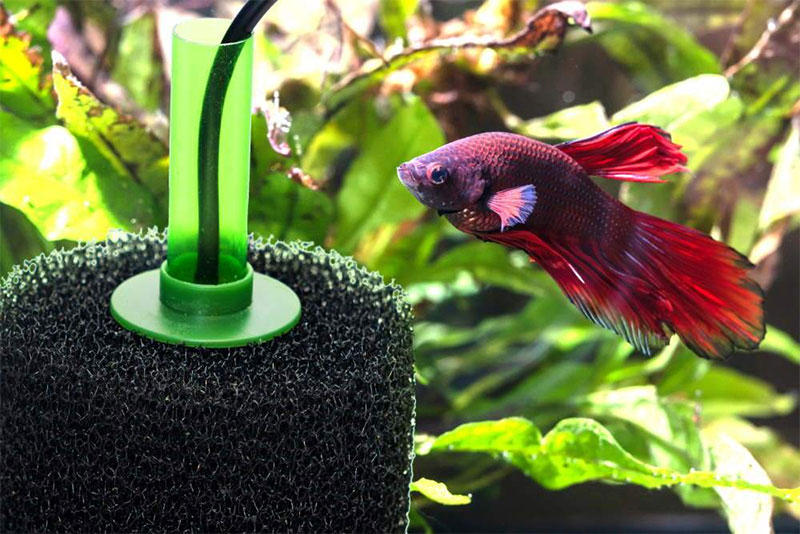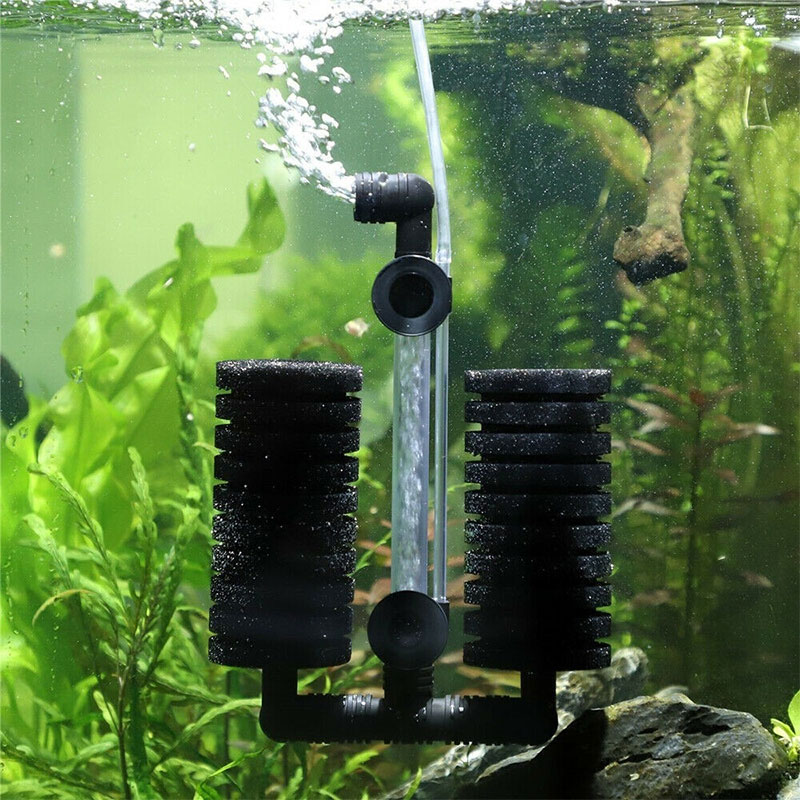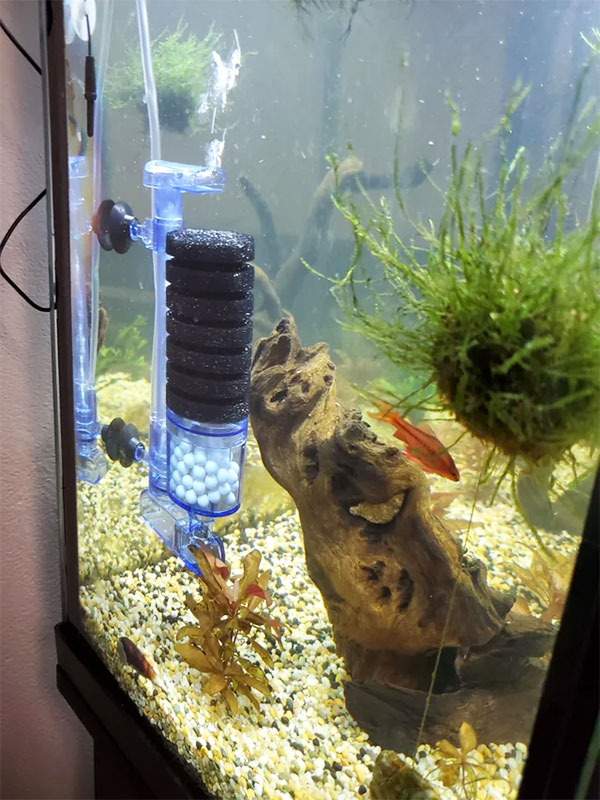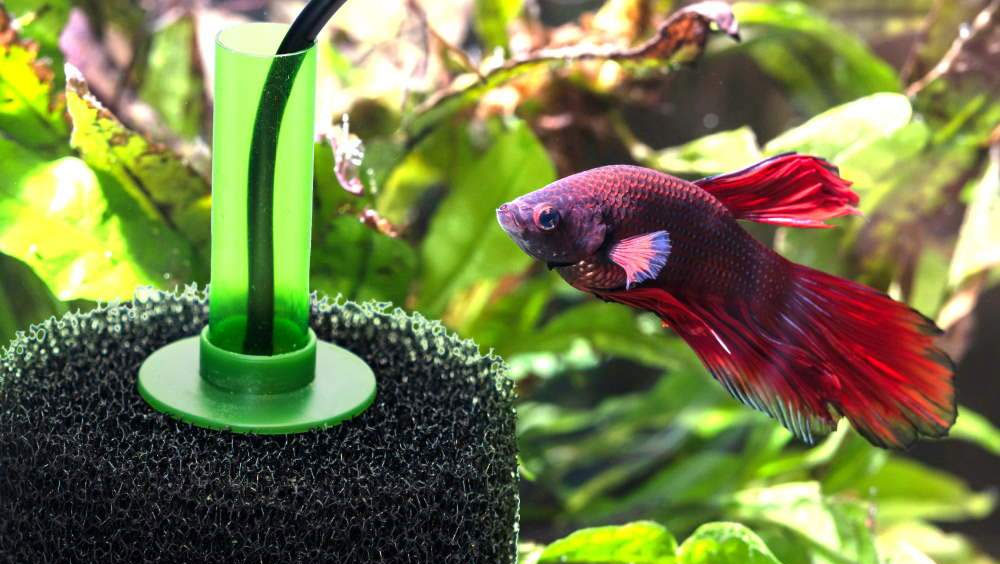Are sponge filters actually good for your fish tank? Putting in a new sponge filter might be the best thing you can do for your pet fish, but you have to be careful about it.
When Do You Need a Sponge Filter?

Sponge filters can be a great choice for your aquarium if you have fish that don't tolerate high currents very well. Some exotic species, such as betas, only do well in still water that doesn't get stirred around too much. Putting a sponge filter in their tank can more gently filter fine particles from the water and help maintain the balance of currents and temperature your fish needs to thrive. Sponge filters are also a good choice if you can't have a traditional intake nozzle in the main compartment of the tank. If, for instance, you're breeding delicate small fish, such as guppies, the fry can easily get caught in the powerful suction of an older model of current filter. Baby fish can't swim too hard against the current these generate, and they may get sucked up into the plastic tube. Switching to a sponge filter solves this problem.
What Are the Shortcomings of a Sponge Filter?

Sponge filters are not right for every aquarium, of course. If you have a saltwater tank, a tank with lots of fish in it or a special situation that calls for extra strong filtration, a sponge filter might not be powerful enough to get the job done the way you need it. In that case, consider installing a sump, hang-on-back filter, or canister filter with a large enough capacity to handle the tank. If you do have a large tank, or you have vegetation that leaves a film on the glass, you will have to balance your sponge filter against the extra work it takes to clean and service the tank more frequently.
How to Pick a Good Sponge Filter

Pretty much all sponge filters work on the same principles, so there's not a lot of variation in their basic mechanism. Briefly, these filters use air pressure to create a weak vacuum that tugs water evenly through a spongy exterior surface. The sponge filters particles fairly easily, while the nooks and crannies of the sponge's surface is home to beneficial bacteria that can chemically process surprisingly large amounts of contaminants.
Even a small sponge filter can handle up to a 10-gallon tank with very little effort. Larger tanks call for a bit more power, but there's very little difference between the price points on these units. Feel free to go a little bigger than you would ordinarily need. Make sure your sponges have a lot of surface area for bacteria to thrive. Finally, experiment with different pressure settings to find the one that's right for your aquarium and safe for your fish.


